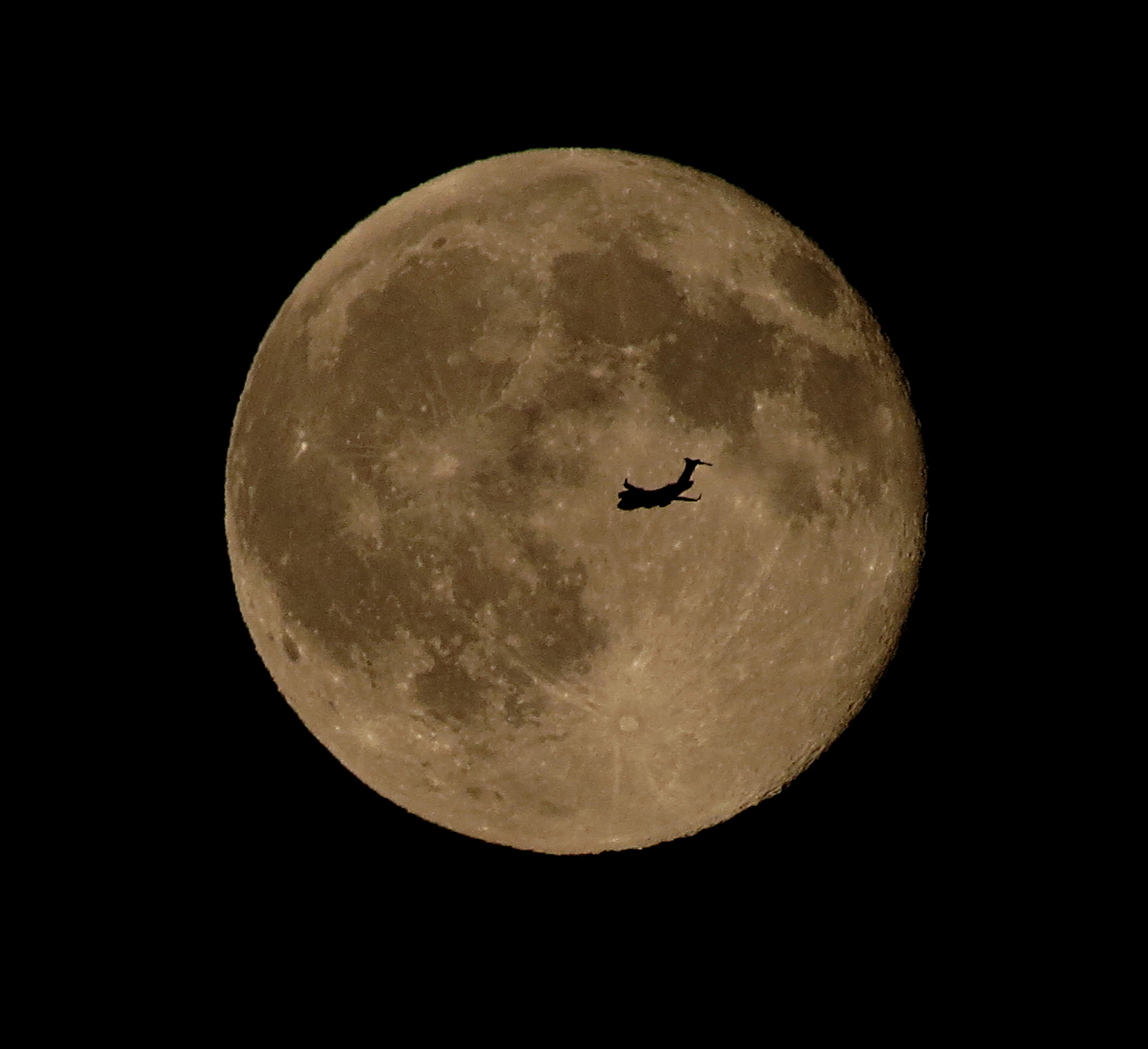Saturday's Blue Moon Is the Last One Until 2020 (Don't Miss It!)
Skywatchers take note: The last Blue Moon of 2018 is just around the corner. If you miss it, you'll have to wait to 2020 for the next one.
The upcoming Blue Moon — the name given to the second full moon to occur in a single calendar month — rises on Saturday (March 31). It'll be the second Blue Moon of the year; the first occurred on Jan. 31, when we experienced the "Super Blue Blood Moon Lunar Eclipse."
If you're a Blue Moon fan, make sure to get an eyeful on Saturday; the next one won't come until Halloween night in 2020, according to the Weather Channel.

![Thought to be called "blue" after an old english term meaning "betrayer," a Blue Moon is an extra full moon that occurs due to a quirk of the calendar. [See the full Blue Moon Infographic here.]](https://cdn.mos.cms.futurecdn.net/HHbm7kUWUR8zaAccXs7kqg.jpg)
Blue Moons aren't actually blue, and they don't look different from any other full moon in the sky. The term, which has been around for hundreds of years, apparently originally signified something that's absurd, but then shifted over time to refer to exceedingly rare events, Philip Hiscock wrote in a 2012 article for Sky & Telescope. (Interestingly, a Blue Moon previously meant the third full moon in a season that had four of them. This sense of an "extra" full moon morphed into the definition most people recognize today. Language is a slippery and changeable thing!)
But Blue Moons aren't all that rare, really: On average, they occur about once every 2.7 years. Blue Moons are possible because it takes Earth's nearest neighbor 29.5 days to circle our planet, but each calendar month (except February) contains 30 or 31 days.
Editor's note: If you capture an amazing photo of the Blue Moon or any other celestial sight and would like to share it with Space.com for a story or gallery, send images and comments to managing editor Tariq Malik at spacephotos@space.com.
Follow Mike Wall on Twitter @michaeldwall and Google+. Follow us @Spacedotcom, Facebook or Google+. Originally published on Space.com.
Get the Space.com Newsletter
Breaking space news, the latest updates on rocket launches, skywatching events and more!
Join our Space Forums to keep talking space on the latest missions, night sky and more! And if you have a news tip, correction or comment, let us know at: community@space.com.

Michael Wall is a Senior Space Writer with Space.com and joined the team in 2010. He primarily covers exoplanets, spaceflight and military space, but has been known to dabble in the space art beat. His book about the search for alien life, "Out There," was published on Nov. 13, 2018. Before becoming a science writer, Michael worked as a herpetologist and wildlife biologist. He has a Ph.D. in evolutionary biology from the University of Sydney, Australia, a bachelor's degree from the University of Arizona, and a graduate certificate in science writing from the University of California, Santa Cruz. To find out what his latest project is, you can follow Michael on Twitter.









